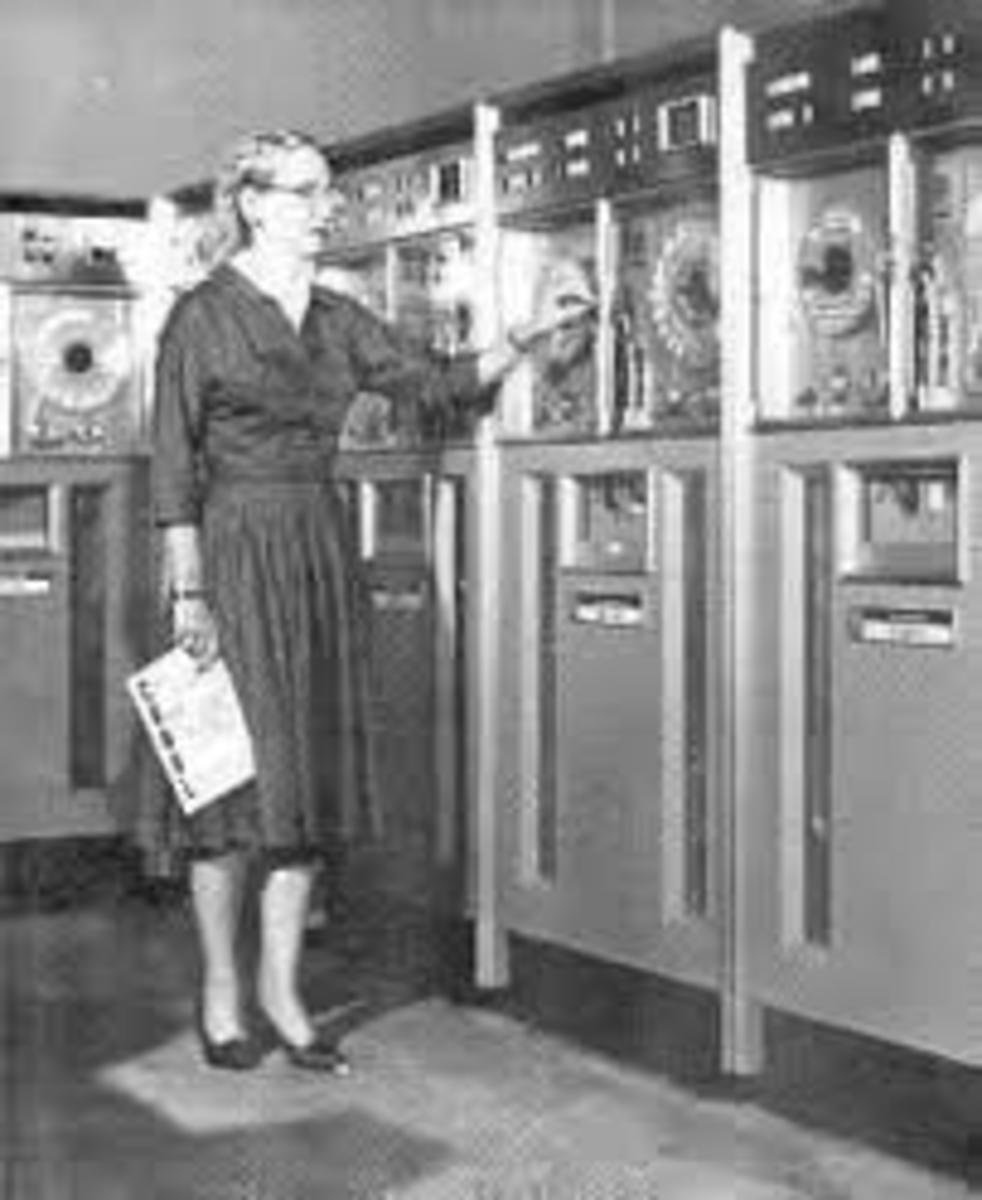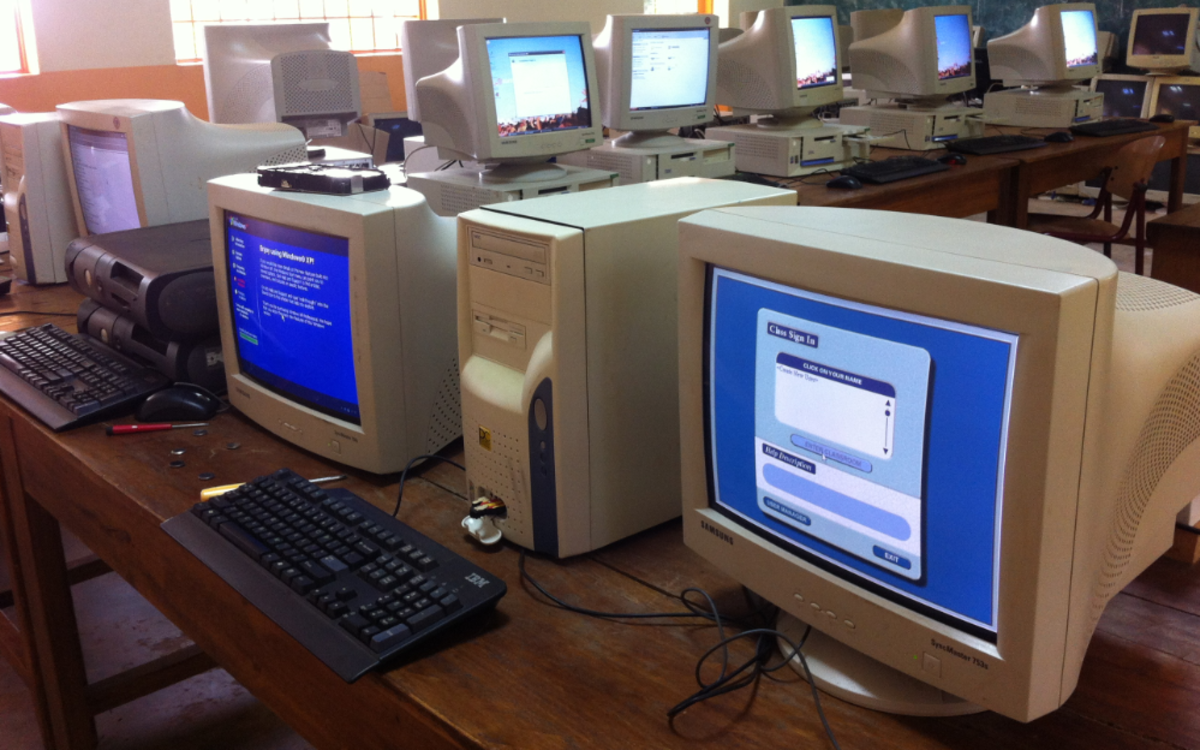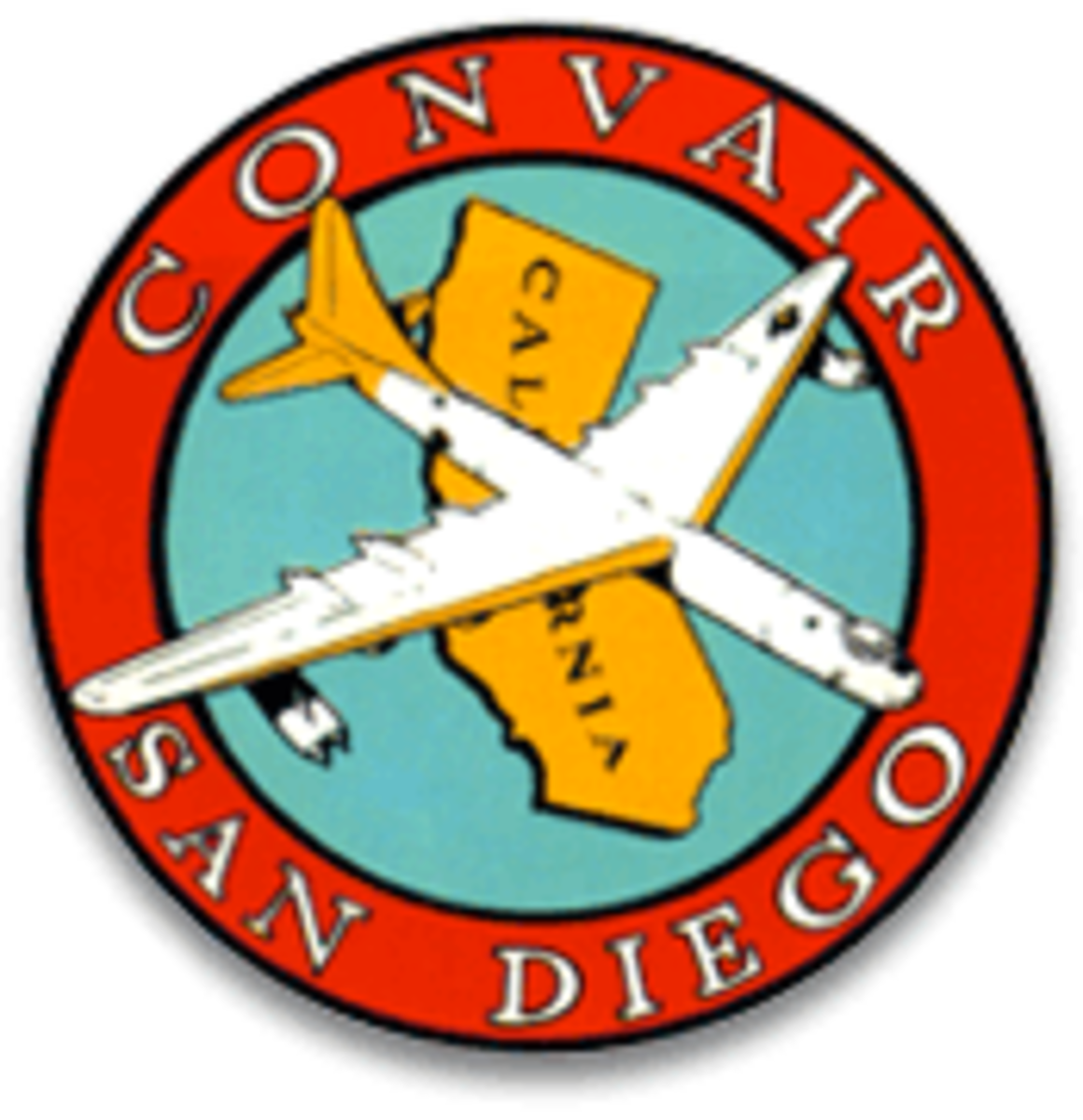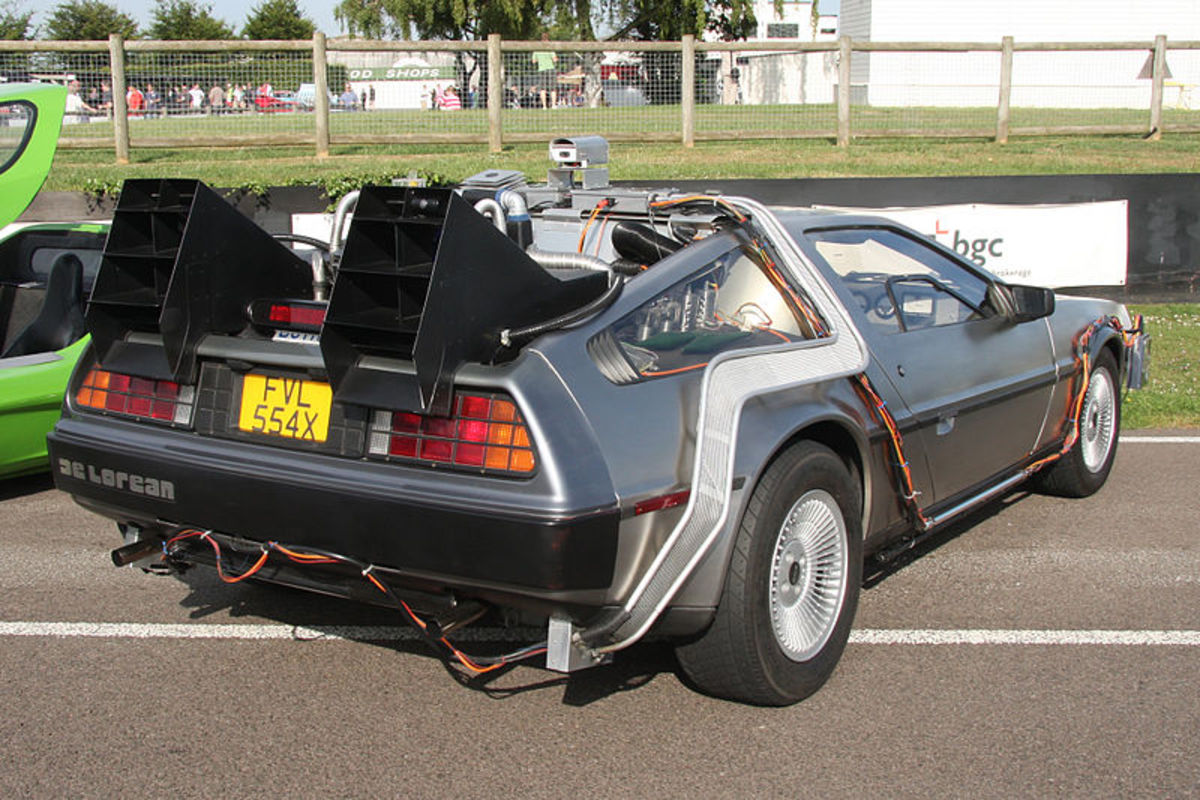- HubPages»
- Education and Science»
- History & Archaeology»
- Major Inventions & Discoveries
First Lady of Software: Rear Admiral Grace Hopper
Rear Admiral Grace Hopper, 1984
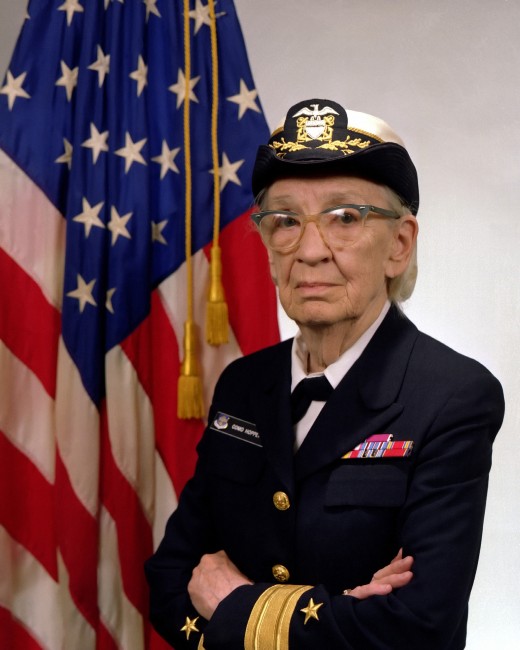
The First Lady of Software: Rear Admiral Grace Hopper
Born on December 9, 1906 in New York City, Grace had the navy in her blood; her grandfather was an admiral in the Civil War. She was also extremely curious about everything, once dismantling seven alarm clocks to learn how they worked. Highly intelligent and encouraged by her mother (who had wanted to study math as well but was discouraged from it at the time because she was a girl), Grace applied to Vassar College when she was sixteen, but was turned down because her Latin scores were too low. She was admitted the following year and graduated Phi Beta Kappa from Vassar in 1928 with a bachelor’s degree in mathematics and physics.
Grace had planned on becoming an engineer after she graduated from Vassar College … if that career had been opened to women in the 1920s. Instead, she went on to graduate from Yale University in 1930, with a master’s degree in mathematics, then went back to Vassar to teach in 1931. By 1934 Grace had earned her Ph.d in math from Yale, and was named associate professor at Vassar in 1941. In 1930, Grace also married Vincent Hopper, a New York University professor. They divorced in 1945.
In 1943, Grace requested a leave of absence from Vassar in order to enlist in the United States Navy Reserve with the organization Women Accepted for Volunteer Emergency Service (WAVES). Being fifteen pounds below the recommended weight for service, Grace was somehow able to get an exemption, trained at the the Naval Reserves Midshipman School in Massachusetts, and graduated first of her class in 1944. Now a lieutenant, junior grade, Grace was posted to a computer laboratory at Harvard University for the Bureau of Ships computation project, where she met the first large scale computer, Mark I. She continued to work there with the Navy Reserves until 1949, even turning down a promotion at Vassar to continue her research.
In 1947 when she was assigned to the Bureau of Ordnance computation project, one of the circuits in the new supercomputer Mark II suddenly broke down. After some investigation, one of Grace’s associates discovered that a moth had gotten caught in the circuitry and proceeded to carefully remove it with a pair of tweezers. This is considered the first case of “debugging” a computer, and while the word itself never appeared in her or her associates’ logs, Grace loved to tell the story anyway.
Grace Hopper at the UNIVAC keyboard
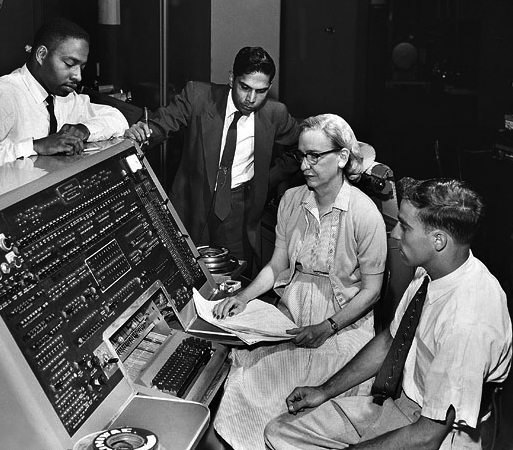
By the early 1950s, Grace was working for the Remington Rand corporation, helping to create the first commercial computer, the UNIVAC I, and it was during this time that she wrote the first original computer language or compiler, designed to enable computers to do more than just compute numbers. Still, Grace had a little bit of difficulty convincing anyone that computers could be more than just gigantic calculators, saying, “Nobody would touch it. I had a running compiler and nobody would touch it. They told me computers could only do arithmetic.”
It took some time, but people began to realize that Grace was on to something. In 1959, the Conference on Data Systems Languages formed a committee—which Grace was head of—to design a computer language that would make computers into a multitask tool. The new language was called Common Business-Oriented Language, or COBOL, which Grace designed to resemble the English language rather than using a confusing machine code.
In 1966, Grace turned 60 and, in accordance with Navy regulations had to retire … with the new rank of commander. She didn’t stay retired long—in 1967 she was called back into duty and was put in charge of the Navy Programming Languages Group. She installed COBOL as the standard operating program for the all of the Navy’s computers. She retired again in 1971, but was again called back into service and in 1973 was promoted to captain by Admiral Elmo R. Zumwalt Jr. In 1983, after viewing an interview with Grace on 60 Minutes, Republican Representative Philip Crane spearheaded the campaign to get Grace promoted to the rank of commodore, later renamed rear admiral.
Grace won many awards and accolades for her work with computers. In 1966 she was named “Computer Science Man of the Year” by the Data Processing Management Association. In 1973 she became the first woman in the world to be declared a Distinguished Fellow of the British Computer Society. She also was the first individual woman to receive the National Medal of Technology in 1991.
On August 14, 1986, Rear Admiral “Amazing” Grace Hopper retired for the final time after being approved by Congress to serve several years past mandatory retiring age. She was awarded the Defense Distinguished Service Medal, and by the time of her retirement, was the oldest active duty commissioned officer in the U.S. Navy (79 years!) Her retirement was celebrated on the USS Constellation. She wore her medal-laden uniform at every opportunity.
Surprisingly, for a woman who excelled in both mathematics and the military, two spheres long dominated by men, Grace never considered herself any kind of pioneer for women’s equality. In fact, she always claimed that she didn’t like feminists, saying, “I’m thoroughly in the doghouse with the women’s liberation people. They once asked me if I had ever met with prejudice, and I’ve always been too busy to look for it.”
Active to the end, after her retirement Grace worked as a senior consultant to Digital Equipment Corporation until she died at the age of 85 in 1992. In 1994 a yearly conference celebrating women in computing was named in her honor, and in 1996 the destroyer USS Hopper was launched. In 2001 the Government Technology Leadership Award was named “The Gracies” in her honor.
Before her death, when asked to name her most important accomplishment, Grace would respond with, “The most important thing I’ve accomplished, other than building the compiler, is training young people. They come to me, you know, and say, ‘Do you think we can do this?’ I say, ‘Try it.’ And I back ’em up. They need that. I keep track of them as they get older and I stir ’em up at intervals so they don’t forget to take chances.”
Grace Hopper works cited:
Warrior Women, by Rosalind Miles and Robin Cross
Hell Hath No Fury, by Robin Cross & Rosalind Miles
“Grace Hopper,” https://en.wikipedia.org/wiki/Grace_Hopper
“Grace Hopper,” http://www.cs.yale.edu/homes/tap/Files/hopper-story.html
Anita Borg Institute: Grace Hopper; Celebration of Women in Computing http://ghc.anitaborg.org/
“Grace Hopper, 'The Queen Of Code,' Would Have Hated That Title,”http://www.npr.org/sections/alltechconsidered/2015/03/07/390247203/grace-hopper-the-queen-of-code-would-have-hated-that-title
“Grace Hopper,” http://www.amazingwomeninhistory.com/amazing-grace-hopper-computer-programmer/
“Grace Hopper,” http://wvegter.hivemind.net/abacus/CyberHeroes/Hopper.htm

